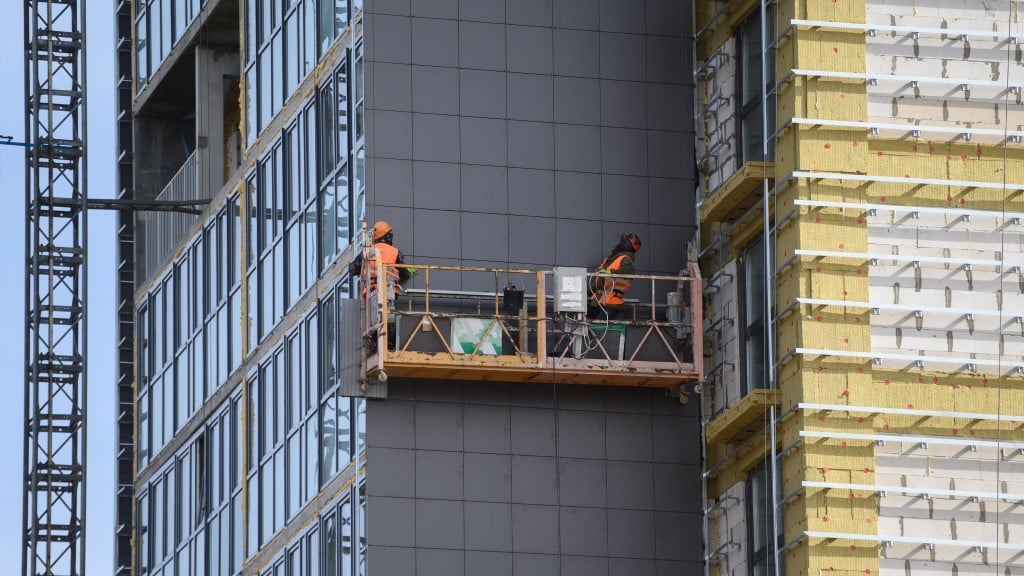FPA develops new assessment method for fire safety of external cladding
- November 9, 2023
- 8:01 am


Iain Hoey
Share this content
The Fire Protection Association (FPA) has introduced a new fire test and assessment method for external cladding systems named RISC 501.
This method comes in response to the rising incidences of large cladding system fires since 1990 and aims to enhance the resilience and safety of buildings by addressing certain limitations found in the current compliance routes.
Evaluating external cladding fire performance
RISC 501 evaluates the fire safety performance of non-loadbearing external cladding systems by implementing more stringent construction and performance criteria.
The method aims to exceed the basic life safety standards and offers a more accurate representation of real building conditions, emphasizing the importance of preventing the vertical spread of fire.
This new method can be used alongside BS 8414 or as a standalone assessment to confer compliance and offer increased protection for both life safety and property.
George Edwardes, Technical Director of the FPA, shed light on the development of this new method: “There have been concerns around large scale cladding testing ever since its inception in the UK.
“Conducting a thorough research project from an insurer’s perspective identified the areas that need improving and resulted in the development of a robust test method that reflects the built environment; a method that is appropriate for not just the minimum life safety requirement, but also for property protection.
“I look forward to working with industry to conduct RISC 501 testing, which will help ensure people have homes to return to after the unfortunate event of a fire.
“The FPA is continuously seeking ways to improve building resilience and we actively welcome collaboration for future research.”
RISC 501 testing available for cladding systems
The RISC 501 testing method sets out a range of rigorous criteria for assessing cladding systems.
These include stricter construction and temperature conditions, mechanical performance, gas sampling for smoke toxicity, and material fingerprinting.
It also stipulates that all test results should be published, enhancing transparency and accountability in cladding system safety.
Chris Miles, Commercial Director at the FPA, supports the new method with confidence: “RISC 501 offers significant improvements when compared with the current performance-based route to compliance.
“It also enables a route for stronger third party product and system certification, for which there is great need in the UK at present.
“We are pleased to now have test methodology available to support industry in evidencing robustness for the fire safety of cladding systems which is now more important than ever.”
The FPA is promoting understanding of RISC 501 through a webinar scheduled for 22 November, featuring George Edwardes.
Additionally, the latest episode of the FPA’s Assembly Point podcast includes a detailed discussion on RISC 501, featuring George Edwardes and Andy Miller of Allianz.
IFSJ Comment
The development of RISC 501 by the FPA marks a pivotal advance in the field of fire safety for external cladding systems.
With the complexities involved in cladding fires and the potential they have to escalate quickly, a comprehensive assessment method like RISC 501 could revolutionise the industry standards for cladding safety.
It represents a much-needed shift towards greater accountability and transparency in fire safety testing, a change that resonates with the insurance sector’s push for more rigorous safeguards.
By incorporating detailed parameters for testing and public reporting, RISC 501 ensures that the results reflect real-world building scenarios, which is essential for informed decision-making in building and property insurance, as well as for public safety.



